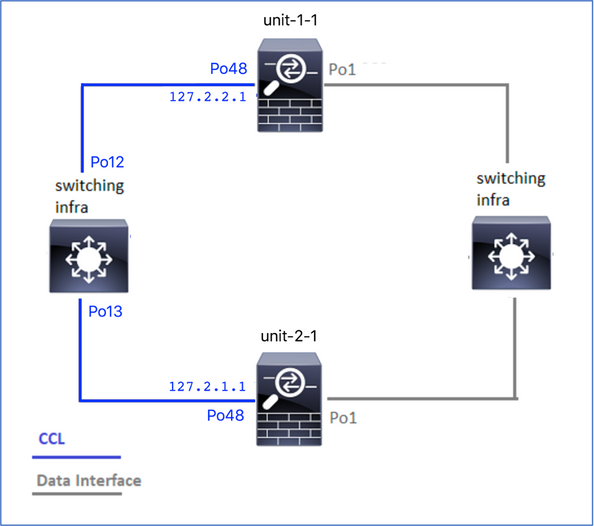

The Kubernetes agent that processes the orchestration requests from the control plane along with scheduling and running the requested containers. An AKS cluster has at least one node, an Azure virtual machine (VM) that runs the Kubernetes node components and container runtime. To run your applications and supporting services, you need a Kubernetes node. To configure or directly access a control plane, deploy a self-managed Kubernetes cluster using Cluster API Provider Azure.įor associated best practices, see Best practices for cluster security and upgrades in AKS. To troubleshoot possible issues, you can review the control plane logs through Azure Monitor logs. Kubernetes control plane and node upgrades are orchestrated through the Azure CLI or Azure portal. While you don't need to configure components (like a highly available etcd store) with this managed control plane, you can't access the control plane directly. Interaction with the control plane occurs through Kubernetes APIs, such as kubectl or the Kubernetes dashboard. You define the number and size of the nodes, and the Azure platform configures the secure communication between the control plane and nodes. The Controller Manager oversees a number of smaller Controllers that perform actions such as replicating pods and handling node operations.ĪKS provides a single-tenant control plane, with a dedicated API server, scheduler, etc. When you create or scale applications, the Scheduler determines what nodes can run the workload and starts them. To maintain the state of your Kubernetes cluster and configuration, the highly available etcd is a key value store within Kubernetes. This component provides the interaction for management tools, such as kubectl or the Kubernetes dashboard. The API server is how the underlying Kubernetes APIs are exposed. The control plane includes the following core Kubernetes components: Component The control plane and its resources reside only on the region where you created the cluster. You only pay for the nodes attached to the AKS cluster. This control plane is provided at no cost as a managed Azure resource abstracted from the user. When you create an AKS cluster, a control plane is automatically created and configured. Control plane: provides the core Kubernetes services and orchestration of application workloads.Kubernetes cluster architectureĪ Kubernetes cluster is divided into two components: The Azure platform manages the AKS control plane, and you only pay for the AKS nodes that run your applications.
#CONTROLPLANE QUIT APPLICATION UPGRADE#
Existing continuous integration and continuous delivery (CI/CD) tools can integrate with Kubernetes to schedule and deploy releases.ĪKS provides a managed Kubernetes service that reduces the complexity of deployment and core management tasks, like upgrade coordination. Kubernetes supports both stateless and stateful applications as teams progress through the adoption of microservices-based applications.Īs an open platform, Kubernetes allows you to build your applications with your preferred programming language, OS, libraries, or messaging bus. You can build and run modern, portable, microservices-based applications, using Kubernetes to orchestrate and manage the availability of the application components. Kubernetes provides a declarative approach to deployments, backed by a robust set of APIs for management operations. Kubernetes focuses on the application workloads, not the underlying infrastructure components. Kubernetes is a rapidly evolving platform that manages container-based applications and their associated networking and storage components.

#CONTROLPLANE QUIT APPLICATION HOW TO#
How to group resources into namespaces.Core Kubernetes infrastructure components:.Azure Kubernetes Service (AKS), a managed Kubernetes offering, further simplifies container-based application deployment and management. As the leading platform, Kubernetes provides reliable scheduling of fault-tolerant application workloads.

Application development continues to move toward a container-based approach, increasing our need to orchestrate and manage resources.


 0 kommentar(er)
0 kommentar(er)
